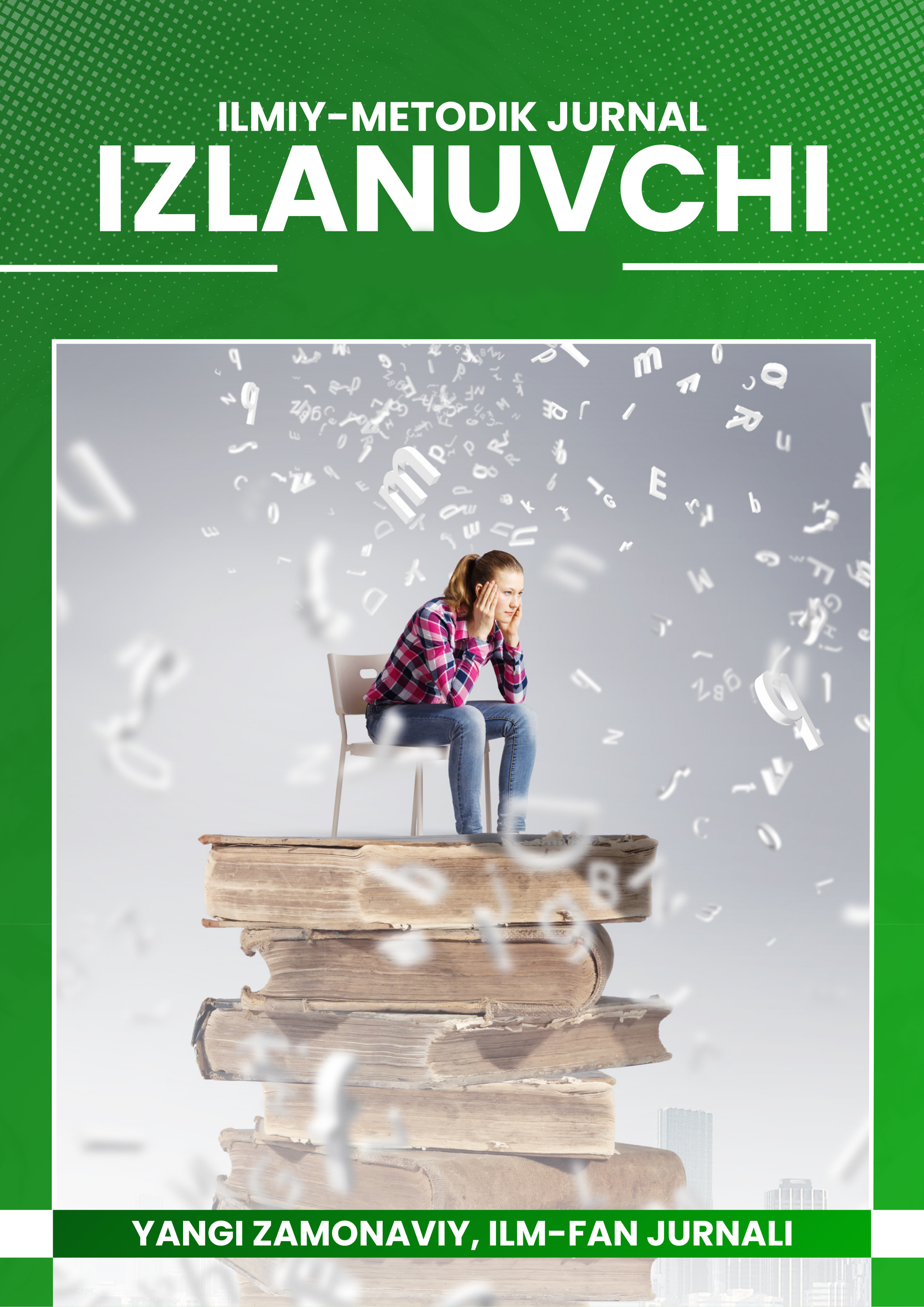Abstract
This article explores effective methods to enhance learner motivation in studying Korean as a second language. Motivation plays a crucial role in language acquisition, influencing engagement, persistence, and overall learning outcomes. The study examines various strategies, including goal-setting, positive reinforcement, multimedia resources, interactive activities, and cultural immersion, which have been shown to increase students’ interest and commitment. By analyzing current research and practical applications, the article highlights how teachers can foster intrinsic and extrinsic motivation, ultimately improving language proficiency and learner satisfaction.
References
1. Dörnyei, Z. (2001). Motivational Strategies in the Language Classroom. Cambridge: Cambridge University Press.
2. Gardner, R. C., & Lambert, W. E. (1972). Attitudes and Motivation in Second-Language Learning. Rowley, MA: Newbury House.
3. Ushioda, E. (2011). Language Learning Motivation, Self and Identity: Current Theoretical Perspectives. Computer Assisted Language Learning, 24(3), 199–210.
4. Lai, C., & Li, G. (2011). Technology and language learning: A review of research. Language Teaching, 44(1), 1–26.
5. Ryan, R. M., & Deci, E. L. (2000). Self-Determination Theory and the Facilitation of Intrinsic Motivation, Social Development, and Well-Being. American Psychologist, 55(1), 68–78.
6. Stockwell, G. (2012). Using mobile phones for vocabulary activities: Examining the effect of the platform. Language Learning & Technology, 16(3), 1–17.
7. Oxford, R. L., & Shearin, J. (1994). Language Learning Motivation: Expanding the Theoretical Framework. The Modern Language Journal, 78(4), 12–28.
